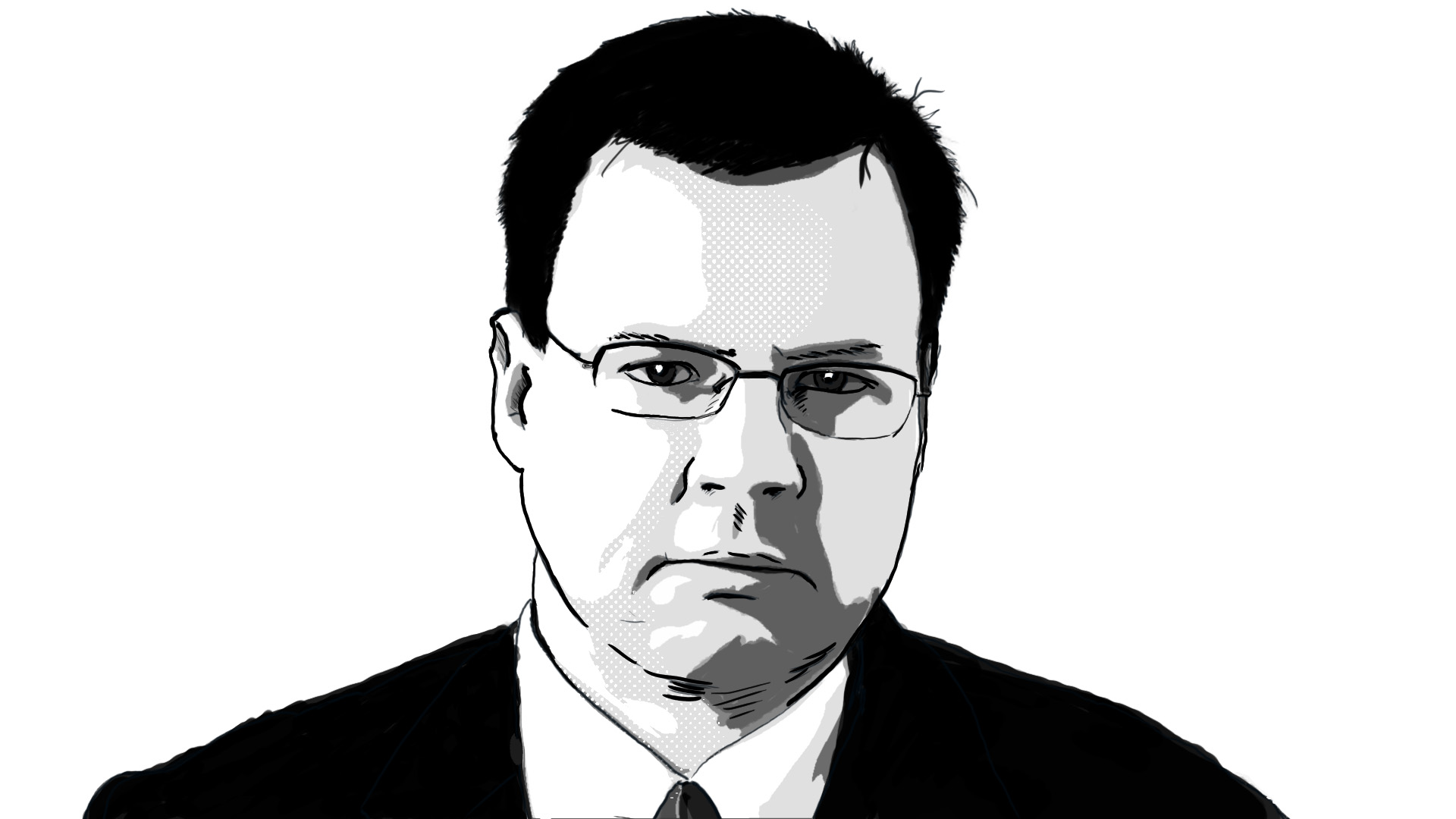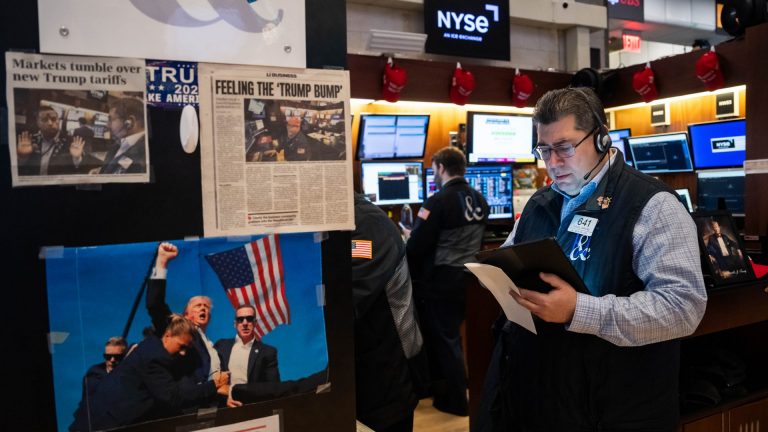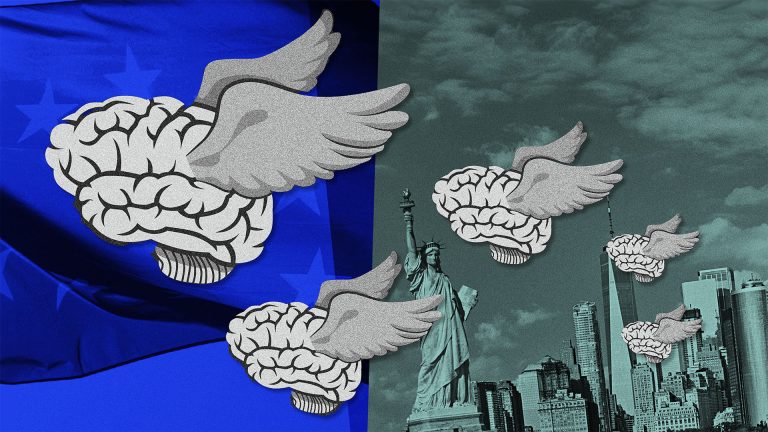It is remarkable how quickly the mood changes these days. Maybe it’s a function of social media and the never-ending news cycle. This is especially so in financial markets and, in particular, the foreign exchange markets, which are something like the world’s biggest fruit and vegetable stall.
My mind goes back to the days after Donald Trump’s election victory in November, when I attended meetings of US business people. I was shocked at the optimism about the consequences of Trump’s return. I offered a few objections, and was especially surprised that, while all the focus was on deregulation and possible tax cuts, there seemed to be little focus on anything else. And the more it went on, the more this notion of US exceptionalism emerged.
Here we are, four months later, and the mood has changed. A lot of what I thought at the time has come to pass. The US is brilliant at many things, but it is not persistently exceptional at everything, and its policymakers are stuck with populist ideas and populist leaders.
I have thought about the structural demise of the dollar many times during my career, and there have been occasions where that looked like a possibility. What is different this time? And what about potential competitors, specifically Europe and the euro?
The structural weaknesses of the US economy have been evident for some time. The US has too little domestic savings, too much dependence on foreign capital, and is often confused about the importance of being the biggest economy in the world versus being the wealthiest large populated nation.
What is new? First, the institutions at the heart of the US’s remarkable success, such as Congress and the judiciary, are under threat. These developments are being noticed by some of the most conservative people in the financial world, the ones who think outside the daily news cycle, and who take the long-term view of where the US is heading.
Second, there is the question of whether the US really wants the responsibility that goes with being the dominant reserve currency, though it certainly seems to want all the privileges. In the week or so since Trump launched his tariff onslaught, he still boasts about the supposed enormous sums of money waiting to be invested in the US. What he doesn’t seem to realise is that, if tariffs permanently reduce US imports, it would reduce the need for as much foreign capital.
So investors are looking elsewhere – and there are two options. There is China, and then there is the euro.
When the euro was introduced in 1999, many academic scholars researched, published and some even predicted that it would soon become an alternative to the dollar as the dominant world currency. But there are some reasons why that might not happen.
First, the euro is a currency of a number of countries. That means it doesn’t quite act like a conventional currency of a single nation, and this has made the more conservative-minded investors a little hesitant.
Second, its most important member country, Germany, and a few of its close northern neighbours, are sceptical about the idea of issuing eurozone bonds. (There have already been a few steps in this direction, with joint bonds to help with recovery after the pandemic.) They don’t trust some of their fellow member countries to keep government spending under control. This is more important than the first issue, as it is very unlikely that many investors would want to put money into euro bonds unless they were as trustworthy as German bonds.
Third, the time has finally come for all EU members, but especially those inside the euro area, to explore the enormous gains from freeing up cross-border trade in services. This would deliver a fiscal stimulus, but with longer-lasting benefits. It would cost little if no money.
These two things would make it much more likely that euro-denominated capital markets would start to broaden and deepen. Then we would have something like a genuine alternative to the dollar.










